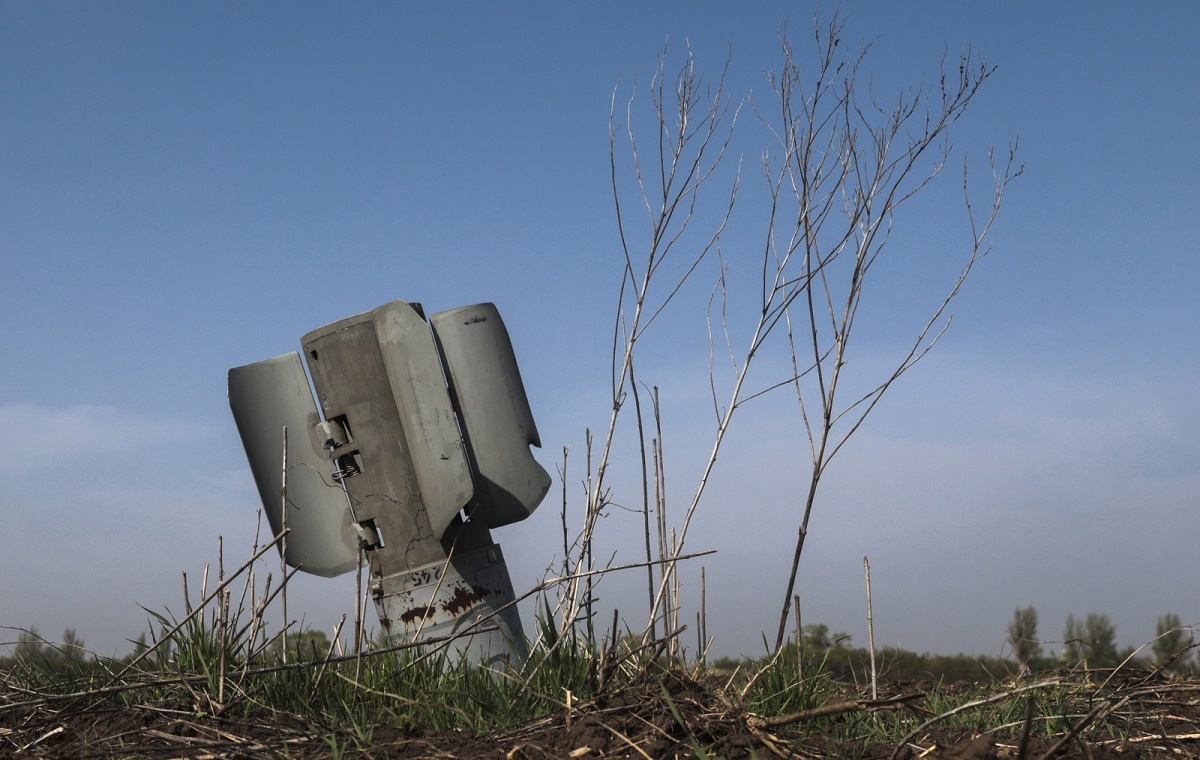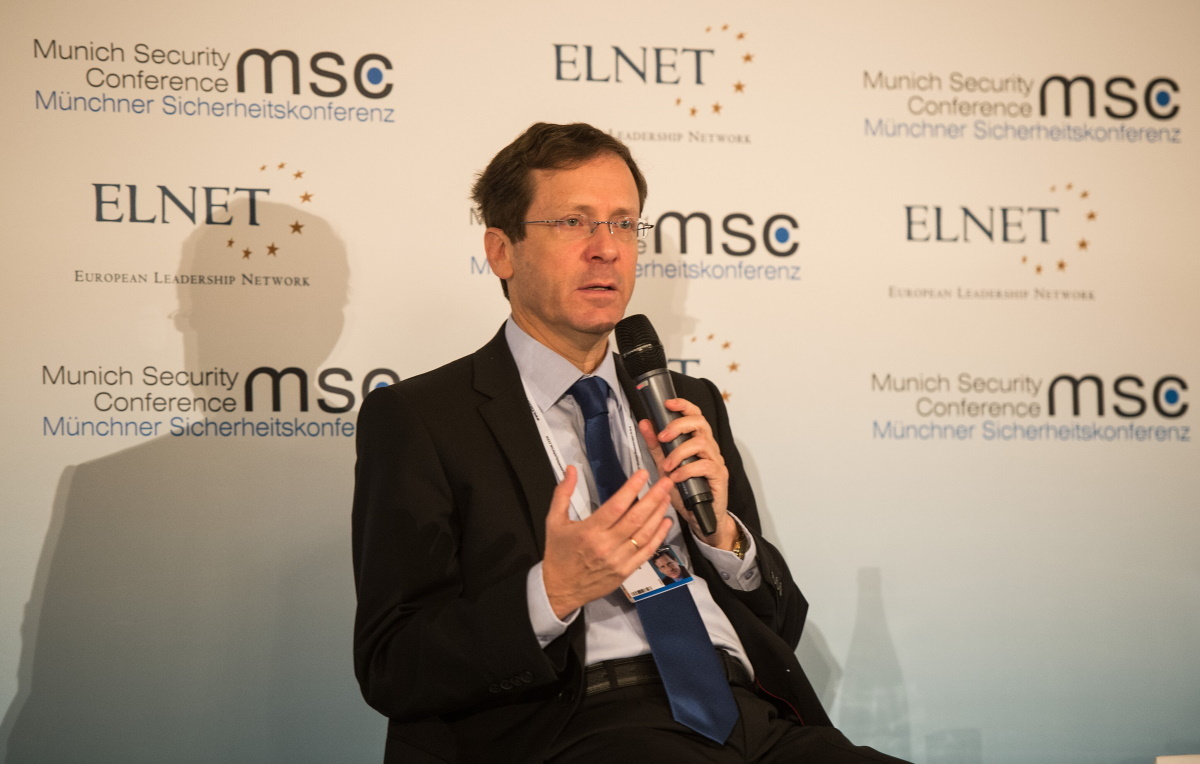Celebrations will begin with a Holy Mass in the Field Cathedral of the Polish Army at 10 a.m., celebrated for the fallen and deceased participants in the Zamość Uprising. Upon completion, there will be a patriotic concert by bands from the Zamość region.
Memory appeal
The central point of the anniversary celebrations will be the Appeal of Remembrance, which will begin at noon in Marshal Józef Piłsudski Square, to honor the memory of the soldiers of the Polish Underground State who fought for their homeland and in defending the country. refugee population in the Zamość region.
During the ceremony, the Head of the Office for War Veterans and Victims of Repression will present the Medal of Reclaimed Independence Century to those awarded by President Andrzej Duda. A speech by Minister Kasprzyk is planned.
The President of Poczta Polska, Krzysztof Falkowski, will present postcards “80th Anniversary of the Outbreak of the Zamość Uprising” for circulation.
The celebration will conclude with the laying of flowers at the Tomb of the Unknown Soldier. The ceremony was organized by the Office of War Veterans and Victims of Persecution in conjunction with the World Army Homeland Army Association, Zamość District.
Zamość uprising
Nazi party authorities and SS unit leaders decided that the Zamość area would become a “German residential area” in occupied Poland. In their intentions, these lands should be completely Germanized. Survey expulsions were carried out and became more and more violent over time. People who were expelled from their family homes by force were initially placed in transit camps, e.g. in Zamość or Zwierzyniec, where entire families are segregated, special care is taken to ensure that children remain without their mothers.
Residents of the Zamość region, some ended up in the Third Reich as forced labor or in concentration camps. From November 1942 to August 1943, more than 110,000 residents of the area were deported. The dramatic fate also affected 30,000 children from the Zamość region. It is assumed that around 10,000 children involved in the forced transfers lost their lives, and about 4,500 were destined for Germanization.
During the Zamość Uprising, especially the sons of this country – soldiers of the Internal Army and Peasant Battalions, 85% of whom were of peasant origin – fought against the invaders. Wojda, Zaboreczno, Róża, Osuchy – these are just a few of the places in the vicinity where the fierce battles of this peasant uprising took place.
On February 22, 1943, the Germans suspended resettlement operations in the Zamość area. It was a clear signal that their police and military apparatus could not guarantee the safety of their settlers, and even the subsequent wave of terror, which in the summer of 1943 flooded and destroyed dozens of villages and claimed many more Polish victims, was unable to. to break the Polish spirit
dz/IAR

“Reader. Future teen idol. Falls down a lot. Amateur communicator. Incurable student.”




